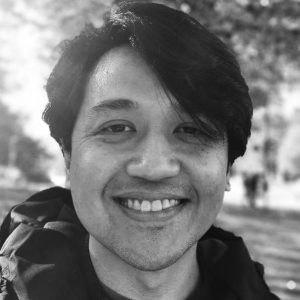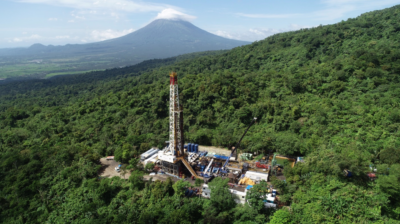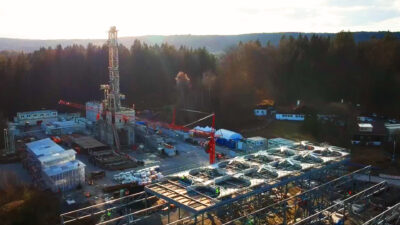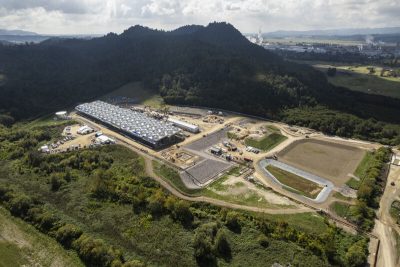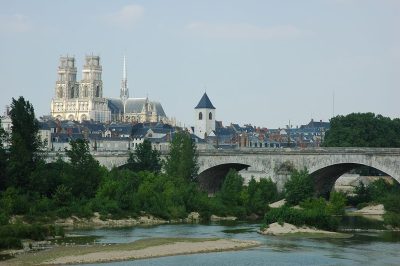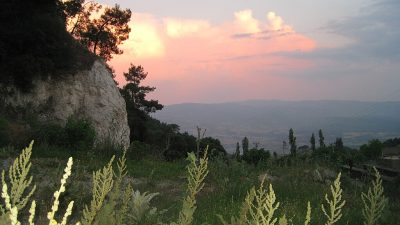Utah FORGE secures 4-year extension, more funding for enhanced geothermal research
The Utah FORGE research project for enhanced geothermal systems has been extended until 2028 and will receive additional funding from the US DOE.
An agreement has been signed between the U.S. Department of Energy and the Utah Frontier Observatory for Research in Geothermal Energy (FORGE) to continue the project through 2028. The agreement includes an additional USD 80 million in funding over the next four years.
The extension begins on the 1st of October 2024 and will allow Utah FORGE to build on the significant breakthroughs that have been realized since the program started.
Managing Principal Investigator Dr. Joseph Moore said: “We are grateful to the DOE for their on-going commitment and support of Enhanced Geothermal Systems (EGS) research. This next phase allows us to build on our important achievements and to further develop and de-risk the tools and technologies necessary to unlock the potential of next-generation geothermal power.”
The US DOE-funded Utah FORGE project is a dedicated underground field laboratory for developing, testing, and accelerating breakthroughs in Enhanced Geothermal Systems technologies to advance the uptake of geothermal resources around the world. In September 2024, the project announced the results of extended circulation tests at its field laboratory facilities, indicating good connectivity between the drilled wells and a temperature that was maintained at approximately 370 °F / 188 °C.
Utah FORGE is managed by a team at the Energy & Geoscience Institute, part of the University of Utah’s John and Marcia Price College of Engineering.
We recently hosted Kevin Jones of the US Department of Energy – Geothermal Technologies Office to give updates on the Utah FORGE project. The full recording of this webinar is available below.
Source: Email correspondence







